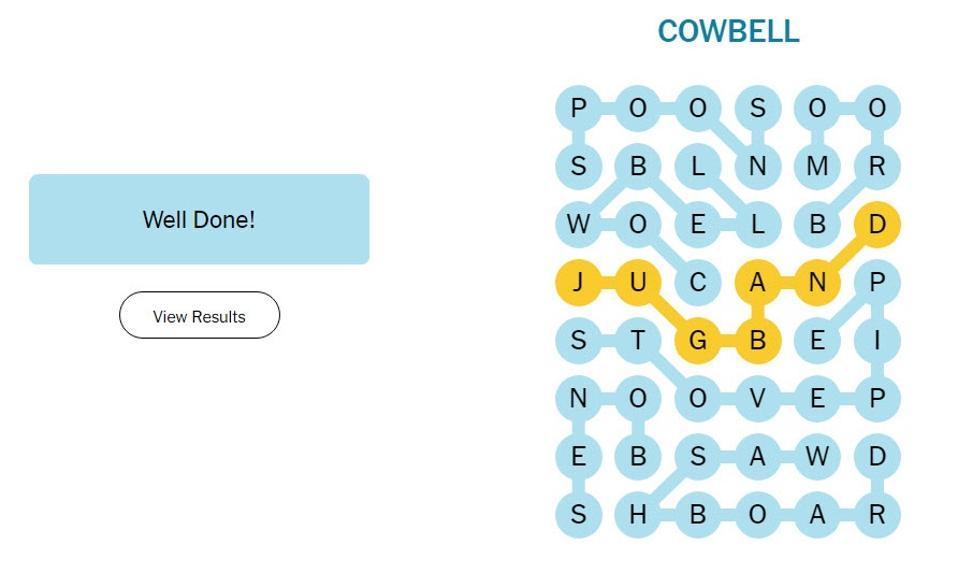Exploring Strands Hint in Biotechnology

Introduction
The concept of ‘strands hint’ has emerged as a pivotal tool in the field of biotechnology, influencing the landscape of genetic research and development. As scientists delve deeper into genetic sequences, understanding how strands interconnect and provide hints to genetic markers has become crucial for advancements in medicine, agriculture, and synthetic biology. This article aims to shed light on the significance of strands hint and its relevance to ongoing scientific inquiries.
What are Strands Hint?
Strands hint refers to the insights gained from analysing DNA or RNA strands in order to predict genetic traits or functions. These hints can originate from the way these strands are formed, how they interact with proteins, and their structural compositions. Researchers often use bioinformatics tools to identify these patterns, leading to potential applications in gene editing technologies such as CRISPR-Cas9.
The Role of Strands Hint in Genetic Research
Recent studies have underscored the importance of strands hint in various genetic research initiatives. For example, when identifying gene mutations responsible for hereditary diseases, researchers map out specific strands to uncover subtle hints that may lead to unrecognised genetic markers. This orchestration of data supports targeted therapies and personalized medicine, allowing for treatments tailored to individual genetic profiles.
Impacts on Agriculture and Synthetic Biology
Beyond human health, strands hint is proving transformative in agriculture. Genetic engineers leverage strands hint to enhance crop resistance to diseases and pests. Such advancements are likely to underpin future food security strategies as climate change impacts food production. The incorporation of strands hint into synthetic biology also facilitates the engineered creation of organisms for biofuels, pharmaceuticals, and bioremediation, showcasing its multifaceted potential.
Conclusion
In summary, the concept of strands hint is significantly shaping the course of biotechnology. As researchers continue to decode the complexities of genetic materials, the ability to derive insights from these strands could lead to groundbreaking innovations in health, agriculture, and environmental sustainability. With ongoing advancements in technology and research methodologies, the future of strands hint holds promising implications for scientific exploration and practical applications.
